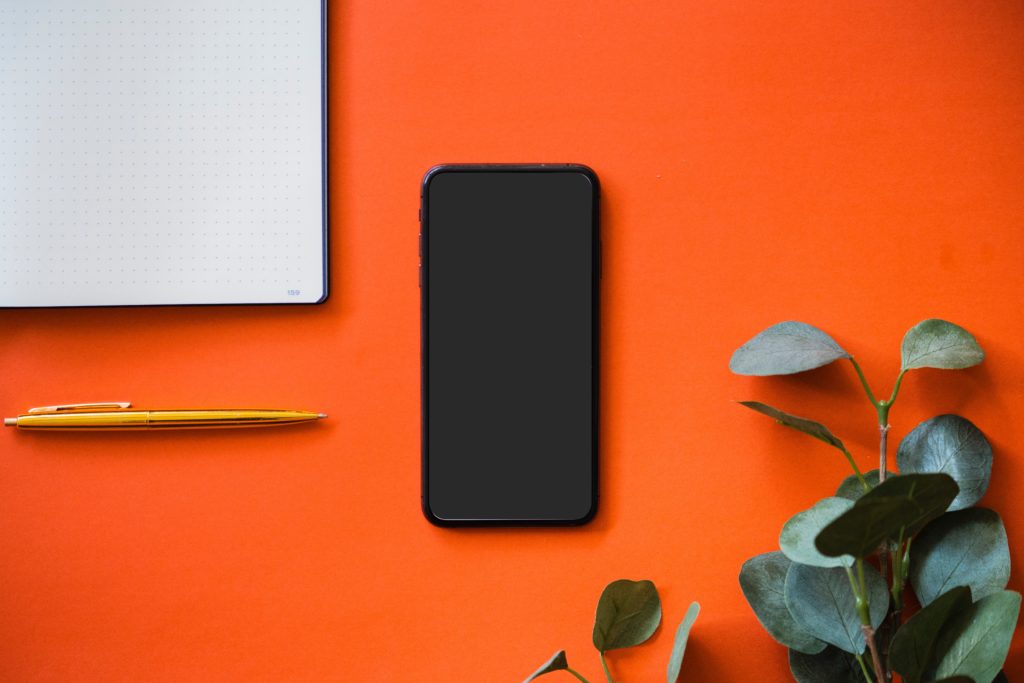I often come home bragging about all the killer emails I wrote in a day. I tell my wife, “you would have been so impressed if you could have read the works of poetry I was dishing out to the team on email”.
Not exactly.
Not only is the fake scenario above a little creepy, it also is not true. Email is not the best part of my day. In fact, as I have shared often on this blog, the best part of my day is meeting one-on-one with others. Meetings are humane, efficient, and one of the signposts of effective leadership.
All that being said, we live in a world of email. Since the onset of the iPhone, email has been in our side pocket whenever we feel the urge. Think about that, for centuries managers tried to find effective ways to manage workers around the clock, but it took Steve Jobs (et al) to design something really cool for it to happen. Obviously, you accessing your email is not the same thing as you being managed, but, here is a question to ponder, who is in control when you “have to” check your work phone around the clock?
I know the answer to that question because I am writing this blog post on an iPad. It might not be the weekend, or at night, but it might as well be. When I am on this device, it is not long before my thoughts turn to work. This is not always bad—I like what I do—but, working 24/7 is not sustainable, nor, is working 14/7.
So instead of pontificating any longer about email, I have decided to break the rest of this post into three sections about email: What am I going to stop? What I am going to start? What am I going to keep? The idea is to lead yourself in email, so that you have the energy and attention to lead others in person.
Stop
The best thing about email is that it is asynchronous. You can send me an email today, and I can respond later. Therefore, I am going to stop checking it around the clock. I stop responding after 5 p.m. (unless the email is an emergency or from a friend that I want to connect with) and I stop checking altogether at 8 p.m. I also stop checking at all times throughout the day. For example, when I am having a one-on-one meeting, I turn Outlook OFF. It is silly, but it reminds me that I control email, not the other way around. Determine what is best for you, but keep in mind it helps to put limits on your email. There are things you just have to stop.
Start
During COVID, I started having all the memos I write (shared via email) proofread by others. This sounds simplistic, and it is, but it is an important behavior to start because email comprehension is on the decline. What I mean is that as the average number of emails rise, and as the amount of time during the day stays constant, people are reading email faster than ever before in order to simply to get through all the email. Hence, there is a great likelihood for misunderstanding. So, the wise thing to do is to write important emails carefully. Words matter and can easily be taken out of context.
The even better thing to do, therefore, is to say all important things in person when possible. In fact, I often ask myself this question before writing an email: “Is this a conversation I would dread having in person?” If the answer is yes, it is usually because there is conflict. 99.99% of the time, I am better off having that conversation in person. If, on the other hand, I am letting my sisters know of an upcoming vacation (a conversation that I would not dread, and is just a reminder of sorts), then an email is sufficient.
Keep
A number of years ago, I stopped responding to a lot of emails. I know this makes me sound like a jerk, but I simply cannot respond to over 150 emails each day and the number keeps growing! The point is that I am going to keep NOT responding to all emails. This includes text messages, LinkedIn messages, and all other messages electronically. Please hear me, I do not intend to be a jerk, I intend to build directly into the lives of those I lead. This takes time and attention and email often robs me of both.
I have found these email strategies to be helpful in creating time to do what matters most in leadership, which is meeting one-on-one with those you lead. I challenge you to determine what you can stop with email, what you can start, and what practices you can keep. Then you will manage email rather than letting email manage you. This will create the time necessary to build into other people.

